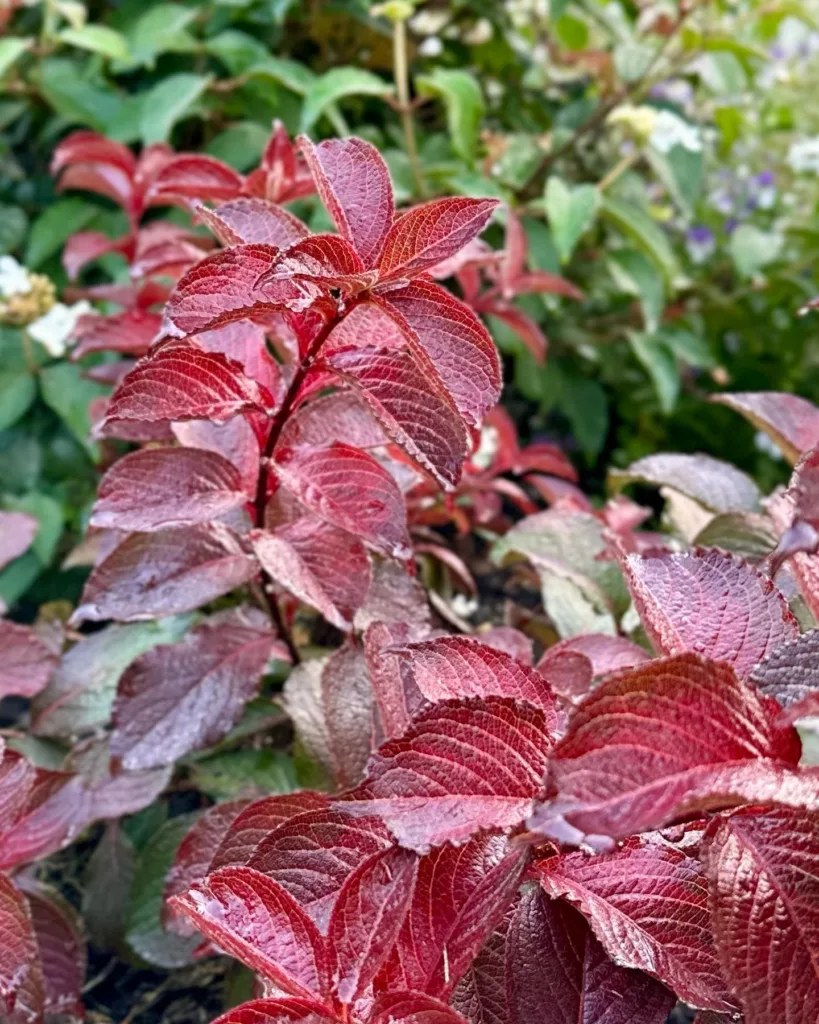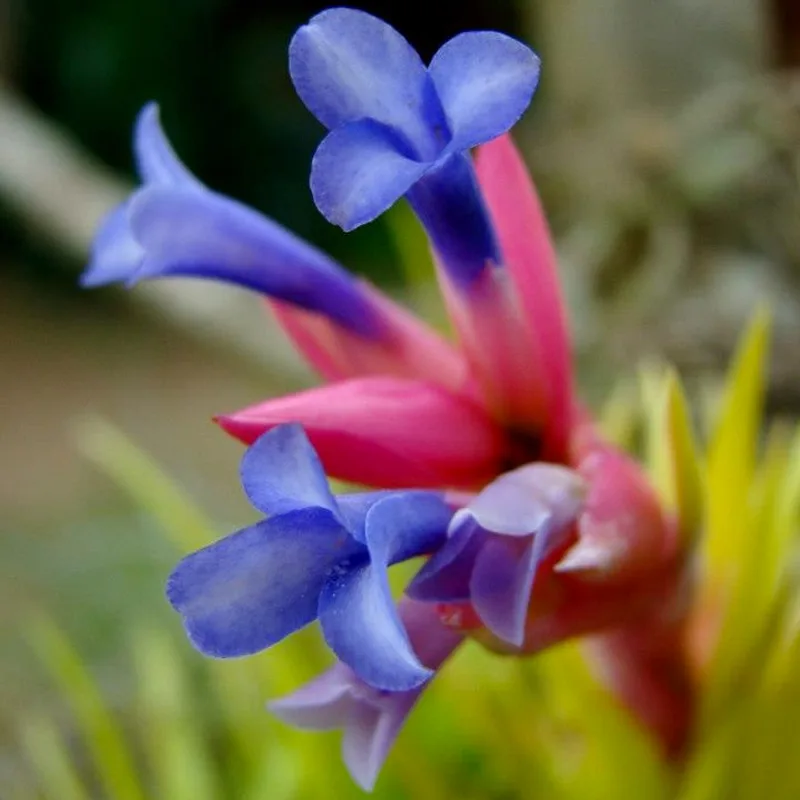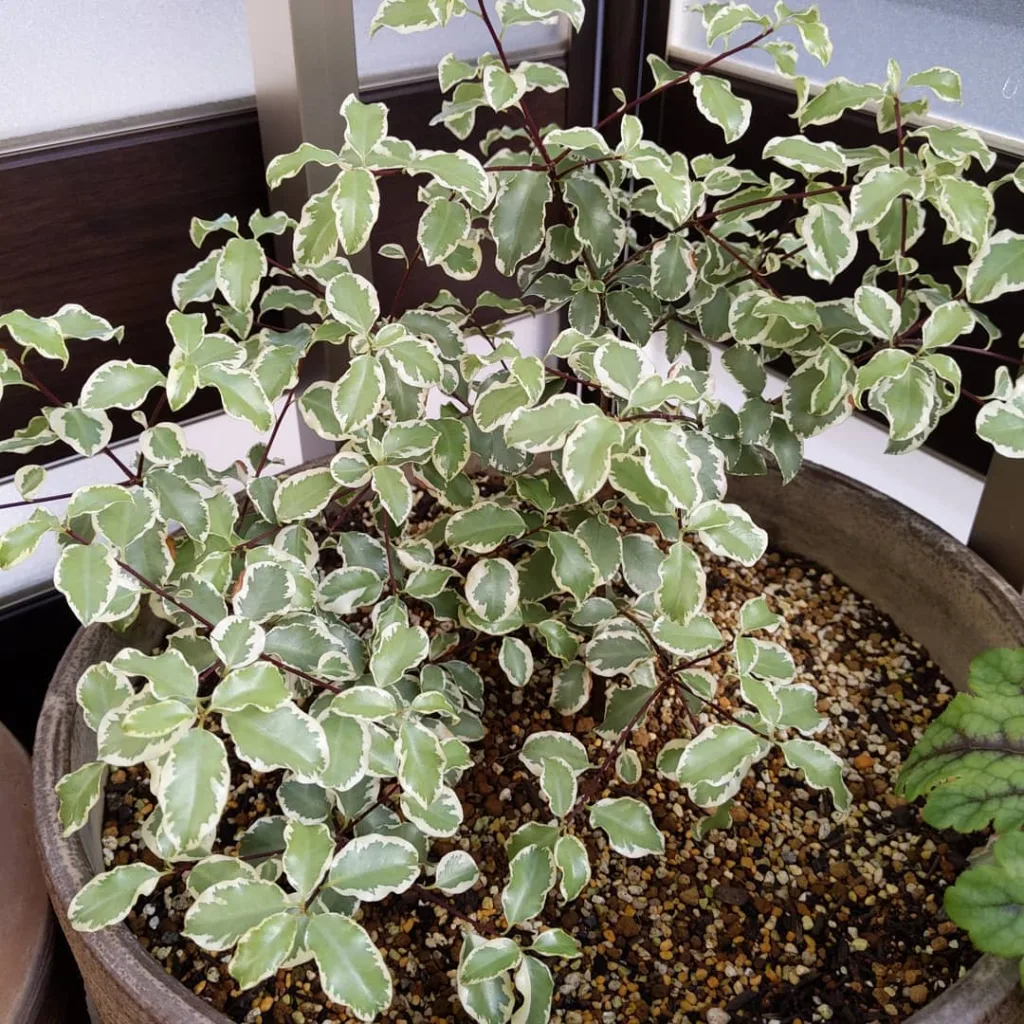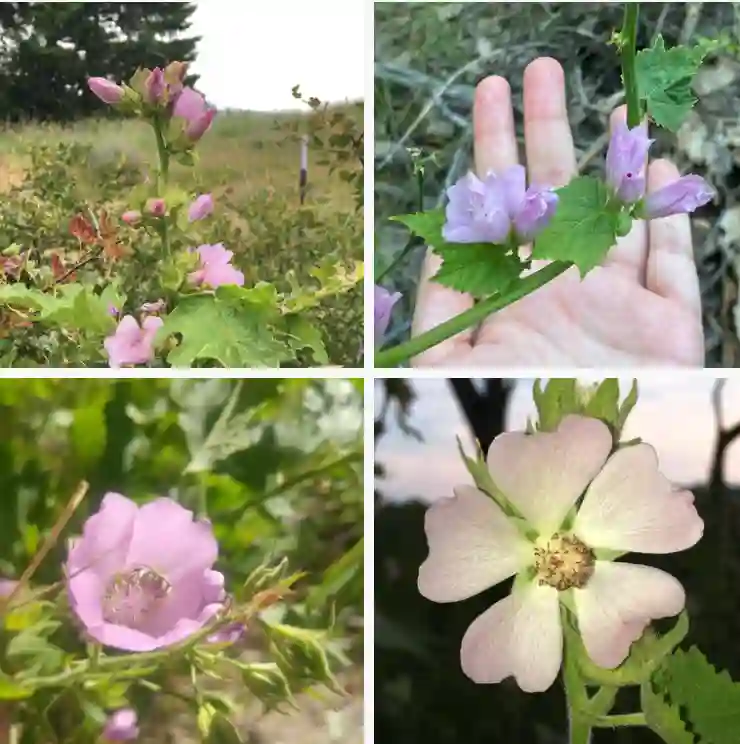Euphorbia Antisyphilitica: The Waxy Warrior of the Desert
Hi there, Ferb Vu here. I’m a plant enthusiast with a particular fondness for the unique and resilient. Today, we’re diving into the world of Euphorbia Antisyphilitica, a fascinating succulent with a surprising history.
2093 Species in Genus Euphorbia
What is Euphorbia Antisyphilitica?
Euphorbia Antisyphilitica, also known as Candelilla, is a perennial shrub native to the Chihuahuan Desert. It boasts slender, upright stems coated in a waxy, grayish-green layer. This waxy coat helps the plant retain moisture in its harsh, arid environment.
Euphorbia Antisyphilitica is a slow grower, typically reaching a height of 2-3 feet with a spread of around 3 feet at maturity. During spring and summer rains, it produces small, inconspicuous flowers that are white with a reddish center.
Key characteristics:
- Appearance: Upright, slender stems with a waxy, grayish-green coat.
- Size: Mature height of 2-3 feet, spread of 3 feet.
- Flowers: Small, white with a reddish center (blooms during spring/summer rains).
- Sun requirements: Full sun.
- Water needs: Low (drought-tolerant).
- Soil: Well-drained, preferably with limestone content.
- Hardiness: Tolerates moderate frost (USDA zones 7 and above).
Candelilla vs. Other Euphorbias: Striking Similarities, Subtle Differences
Euphorbia Antisyphilitica belongs to the large and diverse Euphorbia genus, known for its unique and often spiky members. Here’s a quick comparison with two other popular Euphorbias:
- Euphorbia Tirucalli (Pencil Cactus): Both share similar slender, pencil-like stems. However, Euphorbia Tirucalli is a tropical plant requiring more consistent moisture and thrives in warmer temperatures.
- Euphorbia Amygdaloides (Wood Spurge): This herbaceous perennial has wider, flatter leaves compared to Euphorbia Antisyphilitica’s near leaflessness. While both are drought-tolerant, Euphorbia Amygdaloides prefers cooler climates.
Important Note: Like most Euphorbias, Euphorbia Antisyphilitica contains a white, milky sap that can be irritating to the skin and eyes. Wear gloves when handling the plant and keep it out of reach of children and pets.
The Curious Case of Candelilla’s Name
The name Euphorbia Antisyphilitica hints at a historical use. “Euphorbia” is a tribute to Euphorbus, the Greek physician who supposedly first discovered a medicinal use for a Euphorbia species. “Antisyphilitica” refers to its past application in treating syphilis.
However, modern medicine has debunked this historical use. There’s no scientific evidence to support the effectiveness of Euphorbia Antisyphilitica against syphilis or any other sexually transmitted disease.
Beyond Beauty: The Practical Uses of Candelilla
Despite its medical myth, Euphorbia Antisyphilitica holds significant value in the modern world. Here are some of its key uses:
- Wax Production: The waxy coating on its stems, called candelilla wax, is a valuable commercial product. This plant-based wax has a wide range of applications, including cosmetics, food additives, and polishes.
- Erosion Control: Euphorbia Antisyphilitica’s dense root system helps prevent soil erosion in arid regions.
- Low-Maintenance Landscape Plant: Due to its drought tolerance and minimal water needs, Candelilla is a popular choice for xeriscaping (low-water landscaping).
How to care for Euphorbia Antisyphilitica?
Euphorbia Antisyphilitica is a relatively low-maintenance plant, perfect for busy plant parents. Here’s how to keep your Candelilla thriving:
- Light: Provide your Candelilla with at least 6-8 hours of direct sunlight daily.
- Water: Water deeply but infrequently, allowing the soil to dry completely between waterings. Overwatering can lead to root rot.
- Soil: Plant your Candelilla in well-draining soil, ideally with a sandy or gravelly mix.
- Fertilizer: Fertilization is not necessary for Candelilla. In fact, too much fertilizer can harm the plant.
- Winter Protection: If you live in a colder climate (USDA zones below zone 7), you may need to protect your Candelilla from frost. Mulch around the base of the plant in late fall.
Euphorbia Antisyphilitica: A Desert Gem for Your Collection
Euphorbia Antisyphilitica is a fascinating and resilient plant that offers a unique aesthetic and surprising practicality.
Propagation: Sharing the Waxy Wonder
If you’d like to expand your Candelilla collection or share it with friends, here’s how to propagate:
- Division: The simplest method is division. Carefully dig up a mature plant and gently separate the clumps at the roots. Replant the divisions in well-draining pots or your garden.
- Seed Propagation: This method takes longer but offers a sense of accomplishment. However, seeds can be challenging to find commercially. If you have access to seeds, scarify them lightly with sandpaper to improve germination rates. Sow them in a shallow tray with well-draining cactus mix, keeping the soil slightly moist but not soggy.
Potential Problems and Solutions: Keeping Your Candelilla Healthy
While Euphorbia Antisyphilitica is a hardy plant, here are a few potential issues to watch out for:
- Root Rot: This can occur due to overwatering. Ensure the soil drains well and water only when completely dry.
- Mealybugs: These tiny, sap-sucking insects can appear as white cottony masses on the stems. Treat them with insecticidal soap or neem oil spray.
- Fungal Diseases: Fungal diseases can cause stem rot or leaf spots. Ensure proper air circulation and avoid overhead watering. Treat with a fungicide if necessary.
Remember: If you suspect any pest or disease issues, address them promptly to prevent further damage.
Bringing the Desert Indoors: Container Care for Candelilla
Euphorbia Antisyphilitica can be a stunning addition to your indoor décor. Here’s how to care for it in a container:
- Potting: Choose a pot with drainage holes slightly larger than the root ball.
- Soil Mix: Use a well-draining cactus or succulent mix. You can also create your own mix by combining potting soil with sand or perlite.
- Watering: Water deeply but infrequently, allowing the soil to dry completely between waterings. Avoid letting water sit in the saucer.
- Light: Place your Candelilla in a sunny location near a south-facing window.
- Temperature: It thrives in average room temperatures (around 65-75°F). Avoid placing it near cold drafts or heat vents.
Remember: Rotate your container plant regularly to ensure even growth.
With a little care, Euphorbia Antisyphilitica can be a rewarding and conversation-starting addition to your plant collection. So, embrace the unique charm of this waxy warrior and bring a touch of the desert to your home or garden.
If i die, water my plants!



